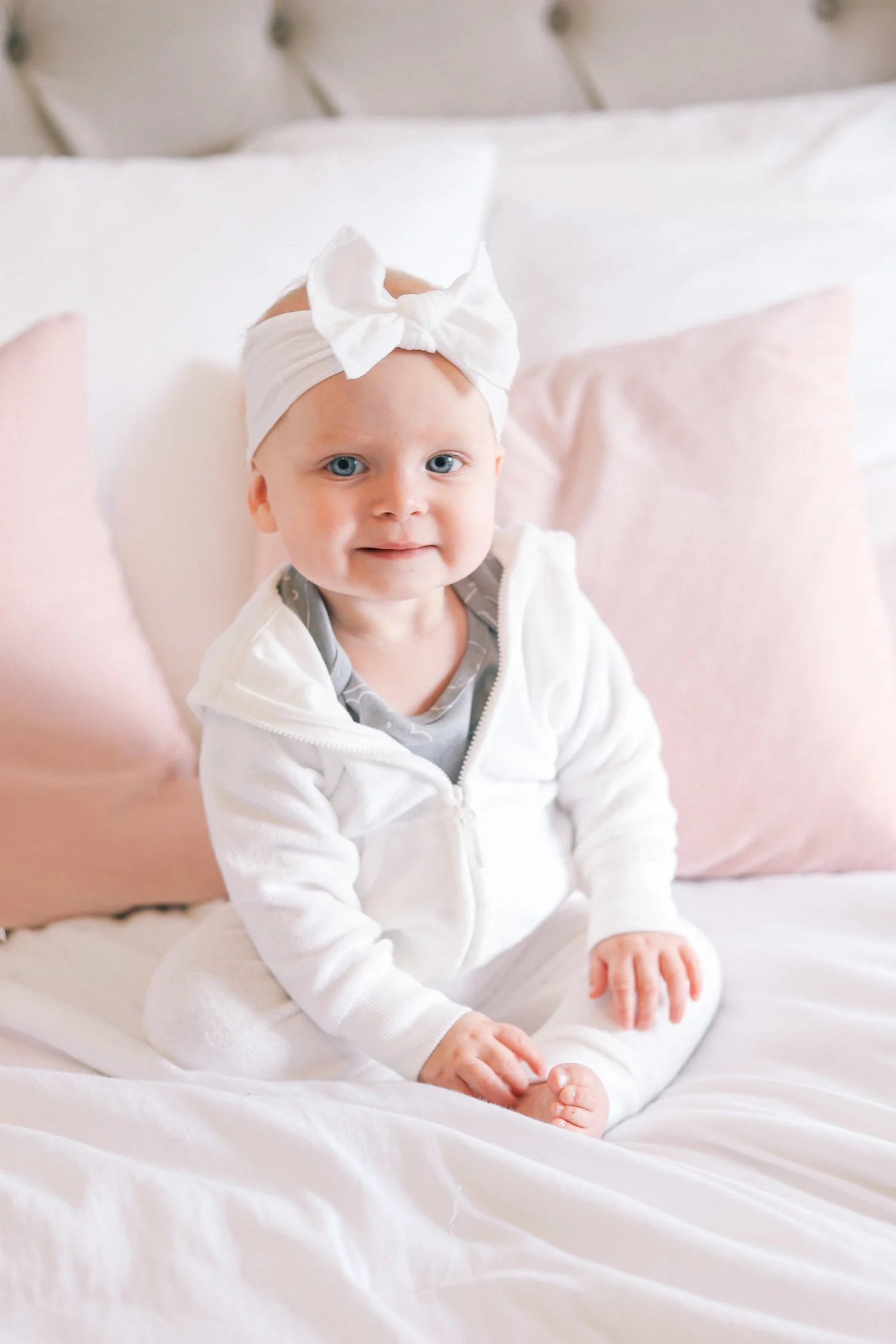Updated: March 9, 2016
Originally Published: Dec. 21, 2010
I.
Reflecting on the start of my pregnancy with Moxie three years later feels like navigating through a hazy dream, where events rush by like waves cresting into a tsunami. This blur could stem from the whirlwind of experiences or perhaps the quirky way my brain processes memories, a lingering effect from my childhood accident when I was thrown from a car at four. It’s a wild ride to remember.
I can still picture the day we met our little girl for the first time. I wore a black short dress with pirate sleeves from H&M, paired with black flared yoga pants that I loved. I wanted to add a pop of cherry red lipstick, but alas, I had none. My Earth moon boots were on my feet, much to my partner Jake’s dismay. On our drive, I caught sight of a mossy green Nissan Cube, the weather was crisp and clear, and I was about 10 weeks along. At 36 years old, I had just weathered a second-trimester loss.
We were headed to a special clinic designed for “higher-risk” pregnancies. In that dim room, with the bright ultrasound machine illuminating our hopes, I lay there with my belly exposed, glistening gel coating my skin. We watched the flicker of our baby’s heart, feeling a rush of joy, but the technician’s silence and the long pause hinted at trouble. When she returned with the same perinatologist who had informed me of my previous loss, dread washed over me. I blurted, “But the baby’s alive! I can see her heart beating!”
He nodded solemnly. Yes, she was alive, but there were complications. The ultrasound revealed diffuse fetal hydrops — her skin was completely detached from her body, with fluid trapped between. There were holes in her heart, and he grimly estimated a “0%” chance of survival. He recommended an amniocentesis before her demise to investigate potential causes for the hydrops, not for her sake but for future pregnancies. Numb and heartbroken, we agreed and scheduled the test for a few weeks later.
II.
The amniocentesis confirmed an extra chromosome, revealing we were having a girl. In an unexpected turn of fate, her diffuse fetal hydrops had miraculously resolved. Against strong suggestions to terminate due to the Down syndrome diagnosis, Jake insisted we keep her, stating we needed to “play with the cards we are dealt.”
To be candid, had I not had his unwavering support, I might have opted differently. Growing up deaf, with a brain injury and scars from my past, I understood the harsh realities of disability. I had faced exclusion, mockery, and even physical abuse. I knew the risks of bringing a daughter into a world that can be cruel. It felt selfish to choose life for her, knowing I might be dooming her to a similar fate.
III.
I often regretted the amniocentesis. The knowledge of her Down syndrome weighed heavily on me, causing sleepless nights filled with anxiety and self-doubt. I wrestled with my decision, fearing I had condemned my daughter to a life of pain. I dove into personal blogs, articles, and memoirs, desperately seeking reassurance. I envied those with a birth diagnosis; at least they could cradle their newborns while grieving.
But as I walked through the darkness of my thoughts, I had an epiphany: my daughter’s life was her own, not mine. Her journey would be unique, separate from my own struggles. As Gibran beautifully wrote, “Your children are not your children. They are the sons and daughters of Life’s longing for itself.” That grief I felt ultimately served a purpose — it helped me embrace the joy of Moxie’s existence.
Moxie Eleanor. Light of our lives.
This article was originally published on Dec. 21, 2010.
If you’re interested in exploring more about home insemination, check out this excellent resource. For more information on artificial insemination kits, visit this authority on the topic. And for additional insights, explore another one of our blog posts.
Summary:
This personal reflection chronicles Linda’s emotional journey during her pregnancy with her daughter, Moxie. From the initial doubts and fears surrounding a high-risk pregnancy to the eventual embrace of her daughter’s unique identity, Linda navigates the complexities of motherhood, disability, and acceptance. The story illustrates the transformative power of love and the realization that a child’s life is distinct from their parents’ experiences.
